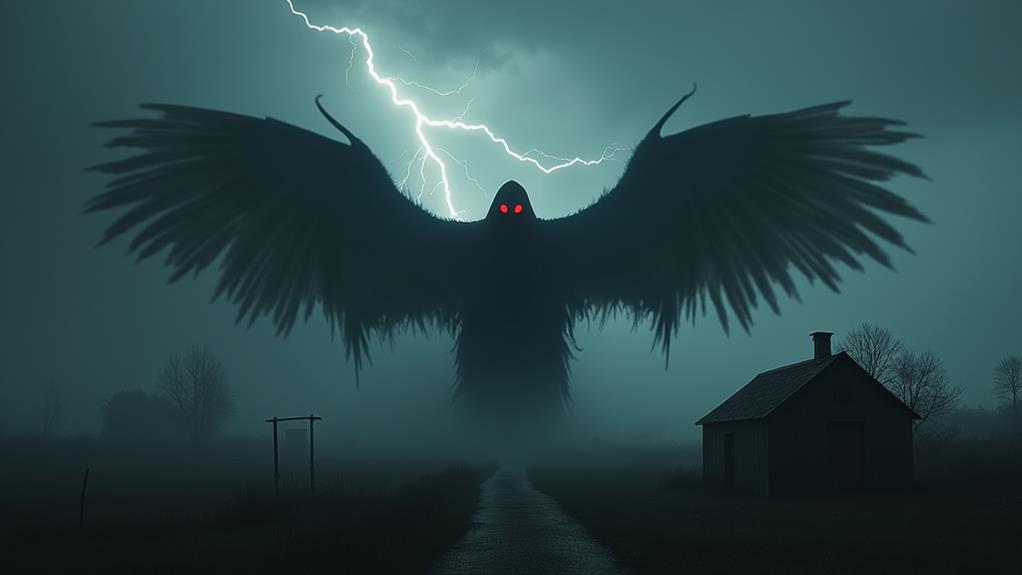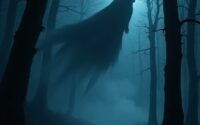Do Living Dinosaurs Still Exist in Africa?
The question of whether living dinosaurs still roam Africa intrigues experts and hobbyists alike. Reports from the Congo and Uganda feature creatures like the mysterious “mokele-mbembe,” prompting speculation about undiscovered species. While many accounts may be rooted in misidentifications, the legends persist, reflecting humanity’s fascination with the ancient past. As researchers continue to investigate these claims, what might they uncover about our connection to these legendary reptiles?
Introduction
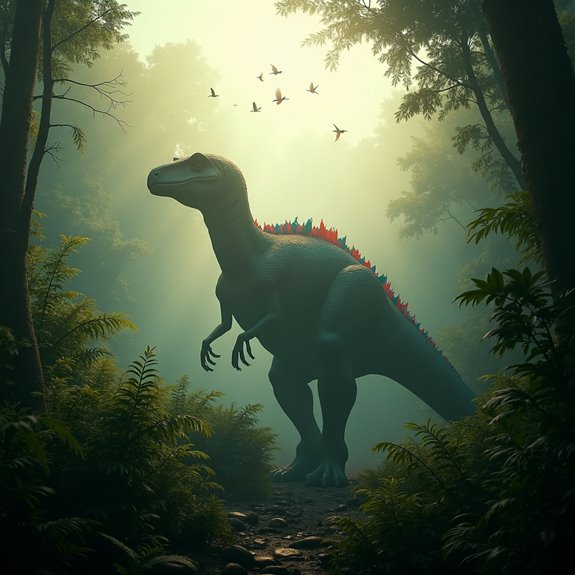
Dinosaurs, once thought to be extinct for millions of years, have managed to leave their mark on today’s world, particularly in Africa. Explorers and researchers often recount sightings of large reptiles resembling these ancient creatures in the continent’s vast landscapes. From the dense jungles of the Congo to the remote wetlands of Namibia, locals tell stories of extraordinary creatures that evoke images of long-lost dinosaurs. These modern-day ‘living dinosaurs’ may not be the T. rex or Brontosaurus, but they capture the imagination nonetheless. Scientists endeavor to understand these enigmatic beings and their behaviors, often linking them to species such as crocodiles or large monitor lizards. The fascination with Africa’s potential living dinosaurs reveals a deeper connection to the planet’s prehistoric past.
Ancient Reptilian Legends in Cultures
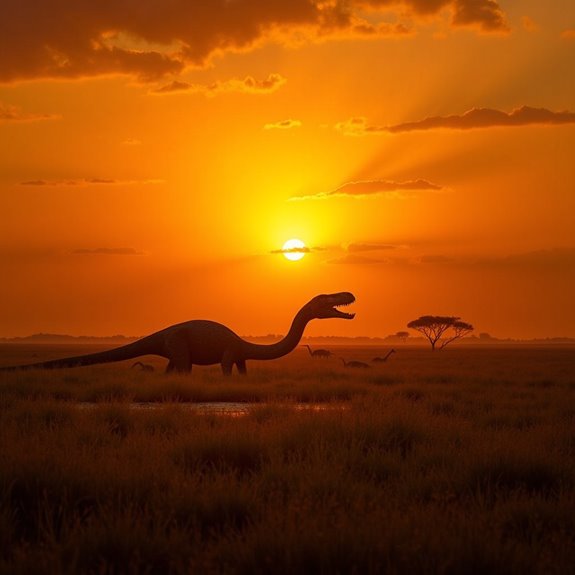
Although many people view dinosaurs as ancient relics, various cultures across Africa have long woven tales of reptilian creatures into their folklore. These legends often feature large, fearsome reptiles resembling dinosaurs, said to inhabit rivers, lakes, and remote forests. For instance, the Basotho people speak of a creature called the “Moroko,” which resembles a massive snake or lizard. Similarly, the Luo tribe tells stories of the “Nyanja,” a water-dwelling beast that terrorizes fishermen. These narratives not only ignite the imagination but also convey deeper cultural meanings, reflecting humanity’s ongoing fascination with the natural world. Ultimately, these ancient legends persist, suggesting a connection to the land and its mysterious inhabitants, whether real or metaphorical.
Notable Cases or Sightings
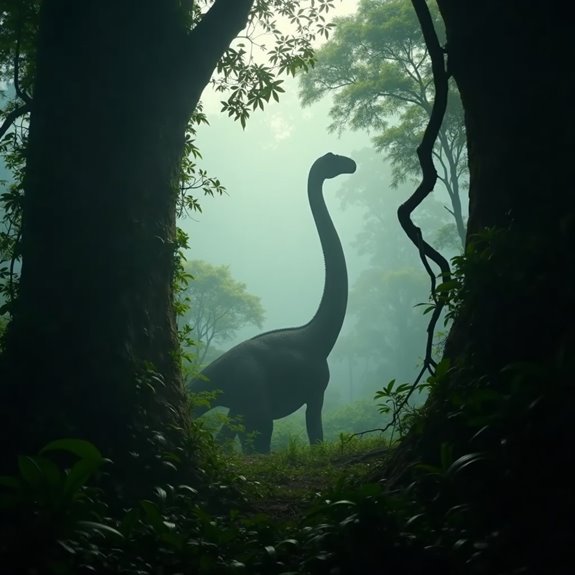
While many dismiss reports of living dinosaurs as mere folklore, several notable cases and sightings have emerged from various regions in Africa, fascinating both researchers and enthusiasts alike. In the Congo River Basin, locals have frequently described a creature resembling a sauropod, often referred to as “mokele-mbembe.” Reports of sightings have persisted for decades, with witnesses claiming to see its long neck and tail above the water. In Uganda, villagers have spoken of a massive, dinosaur-like creature lurking in Lake Ankore, further igniting interest among cryptozoologists. Additionally, sightings in Tanzania of a long, serpentine being resembling a plesiosaur have stirred debate. Each incident adds a layer to the enduring mystery, compelling many to explore the truth behind these remarkable claims.
Common Theories or Explanations
Despite the compelling reports of living dinosaurs in Africa, many skeptics and researchers have proposed various theories to explain these sightings. One prevalent theory suggests that these creatures are misidentified large reptiles, like crocodiles or monitor lizards, which can easily evoke thoughts of dinosaurs. Another explanation centers on folklore and cultural beliefs, leading people to interpret unfamiliar animals as modern-day dinosaurs based on local legends. Some researchers believe the reports are fabrications or exaggerations, influenced by media hype and the public’s fascination with dinosaurs. Additionally, the remoteness of certain regions might contribute to misinterpretations, as elusive and undiscovered species may simply exist, blurring the lines between reality and misconception about ancient creatures.
Frequently Asked Questions
What Type of Dinosaurs Are Commonly Believed to Exist Today?
People often believe birds might be the modern-day descendants of dinosaurs. They display characteristics like feathers and similar skeletal structures, leading many to regard them the closest living relatives to those ancient reptiles.
How Do Researchers Study Alleged Living Dinosaurs in Africa?
Researchers study alleged living dinosaurs in Africa by conducting expeditions, interviewing locals, examining sighting reports, and utilizing advanced technology like drones and cameras to gather evidence, hoping to verify claims and uncover potential prehistoric creatures.
Are There Any Fossil Discoveries Supporting Living Dinosaurs?
There aren’t any fossil discoveries that support the existence of living dinosaurs today. Researchers focus on ancient specimens but find no evidence of modern dinosaurs, leading them to conclude these magnificent creatures are long extinct.
What Are the Ecological Impacts of Living Dinosaurs, if They Exist?
If living dinosaurs existed, they’d likely disrupt ecosystems by impacting plant life, competing with species, and altering food chains. Their predation and herbivory would challenge existing fauna, potentially leading to biodiversity loss in affected habitats.
How Can I Participate in Dinosaur Research Expeditions in Africa?
To join dinosaur research expeditions in Africa, individuals can check universities or organizations specializing in paleontology. They should volunteer, apply for internships, or attend field schools to gain hands-on experience and contribute to valuable research efforts.
